Research
Environmental fluid mechanics is the study of air and water movement in the natural environment. It applies numerical, observational, and experimental tools at scales ranging from the microscale to the planetary scale. I've been researching myriad aspects of this discipline since my freshman year of college. The projects I've worked on have been varied, but all have had a focus on applying basic physics towards understanding environmental issues. Below is a description of my most recent work.
Methane is produced in wetland soils by microorganisms as part of their metabolism. Laminar (non-turbulent) stirring in the water column of wetlands can carry dissolved methane gas from their source in the soils, up through the water column, and into the atmosphere.
Thesis Work (2015 - Present)
Investigating the role of surface water flows on gas fluxes from wetlands
Methane is a potent greenhouse gas with a global warming potential many times that of carbon dioxide. According to the Intergovernmental Panel on Climate Change, natural wetlands are the single largest source of this gas. This makes it important to understand the mechanisms behind methane emission from wetlands. Understanding their transport processes could feed into improved models for predicting atmospheric methane concentrations and possibly allow for better control over emissions.
The focus of my research is on the role of stirring, or hydrodynamic transport, on methane emissions from wetlands. Such stirring can carry dissolved methane gas up through the water column towards the air-water interface, where it then diffuses into the atmosphere. Stirring can stem from wind shear at the surface of the water, upwelling and downwelling from temperature changes, and many other processes.
I am working on this project with Dr. Evan Variano (University of California, Berkeley) and Dr. Ben Runkle (University of Arkansas, Fayetteville), and Dr. Mark Johnson (University of British Columbia).


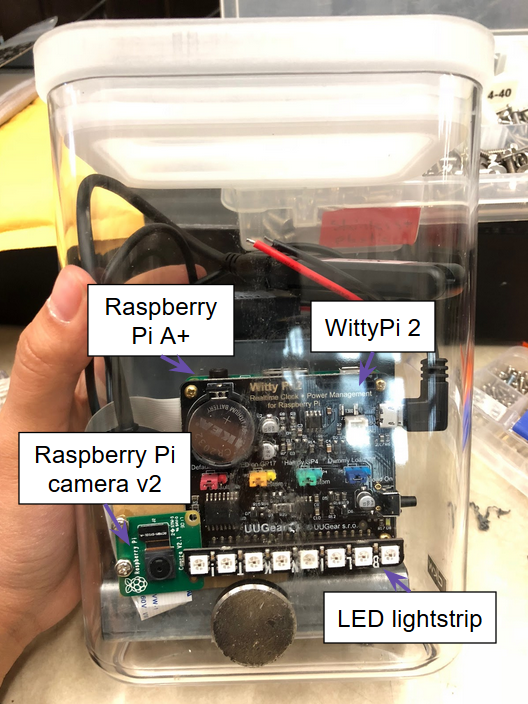

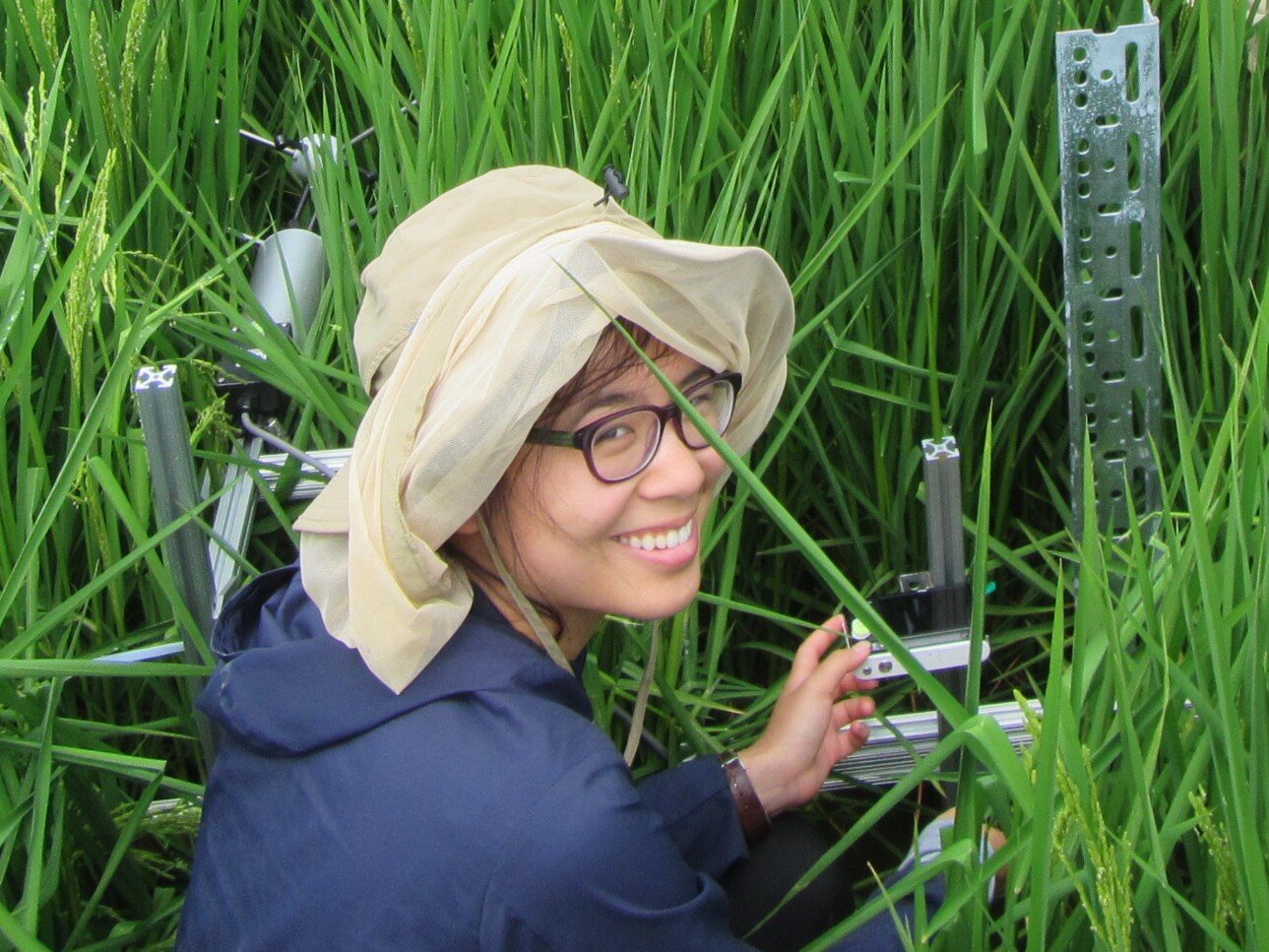
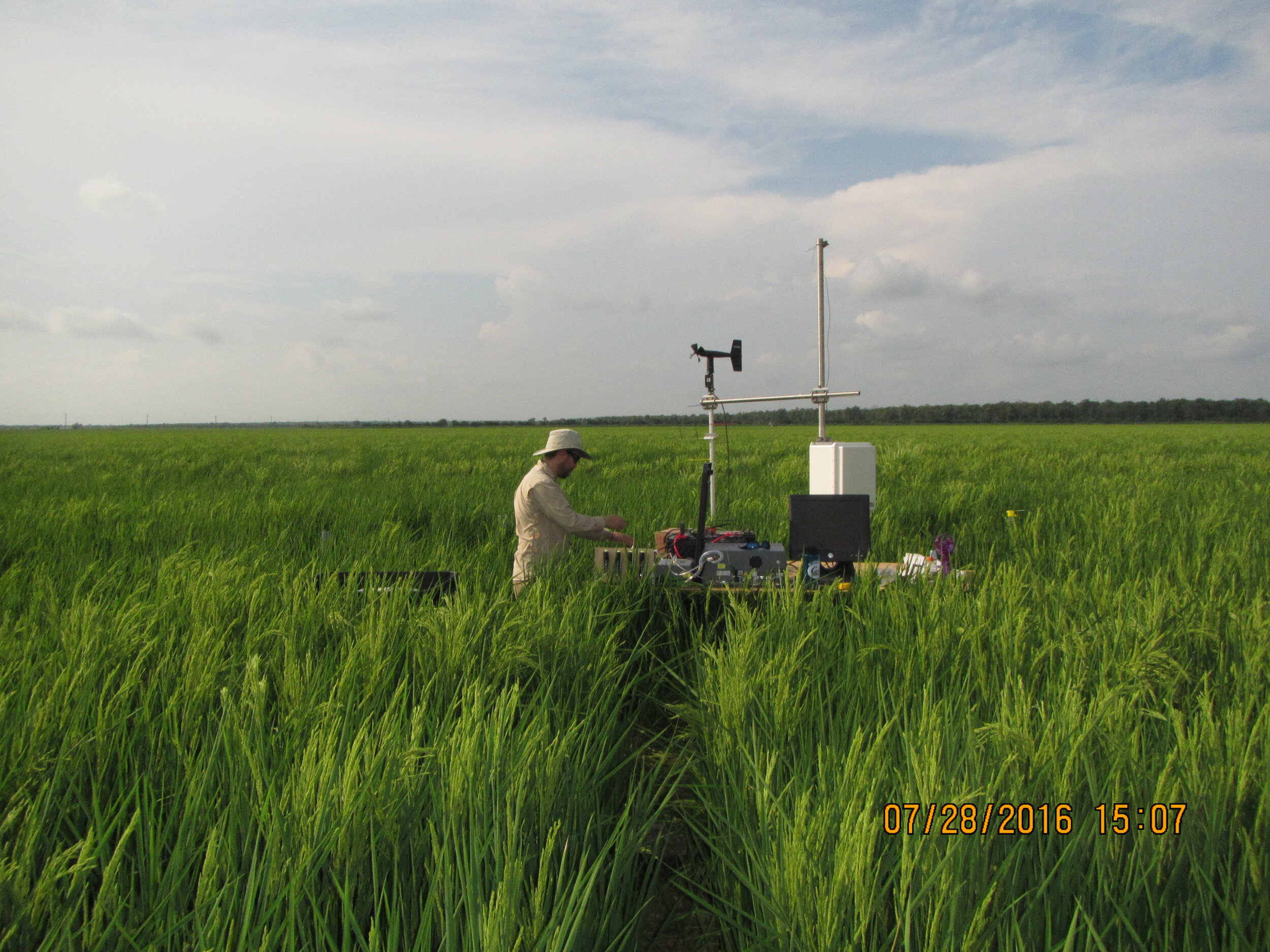
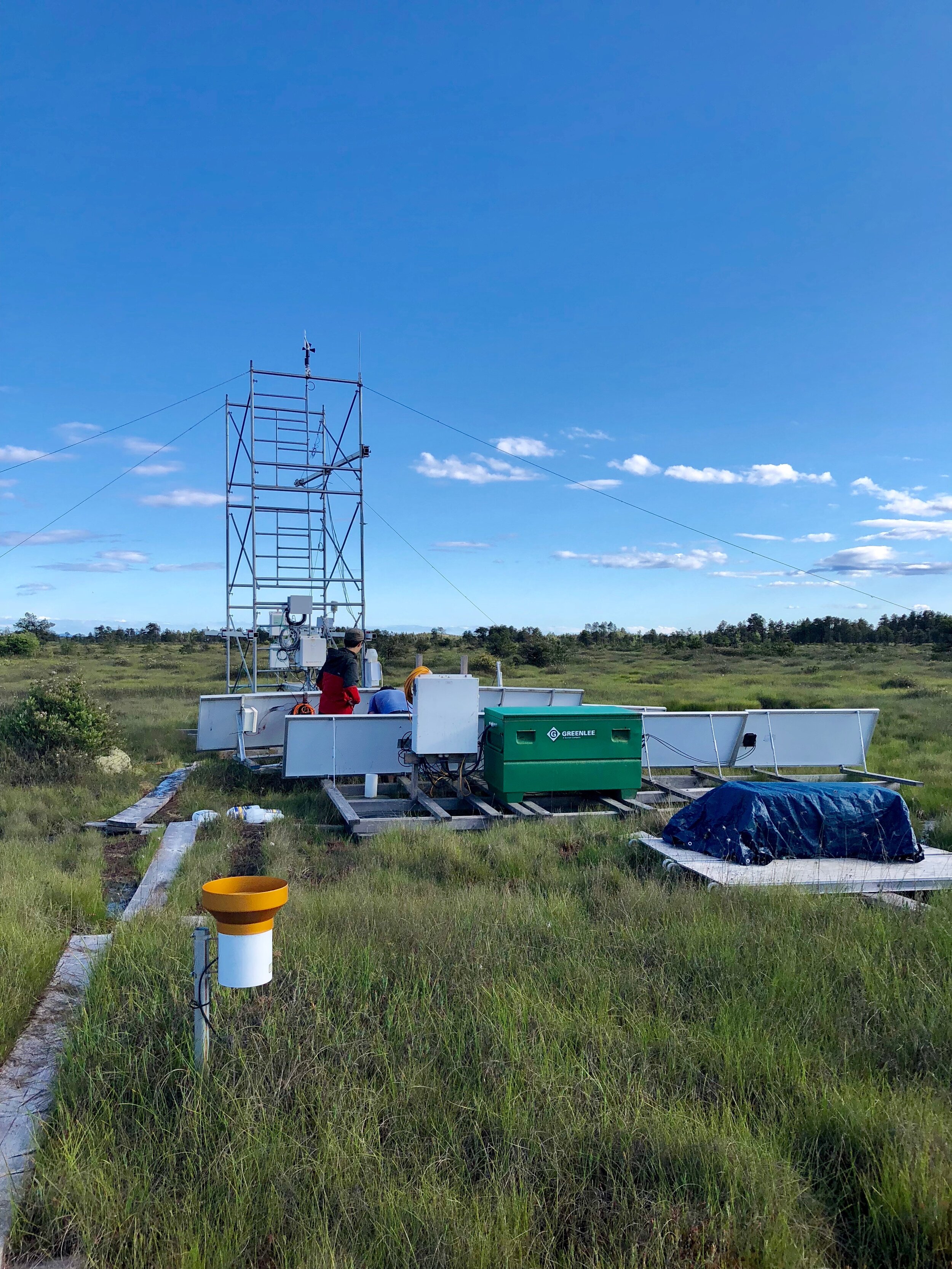
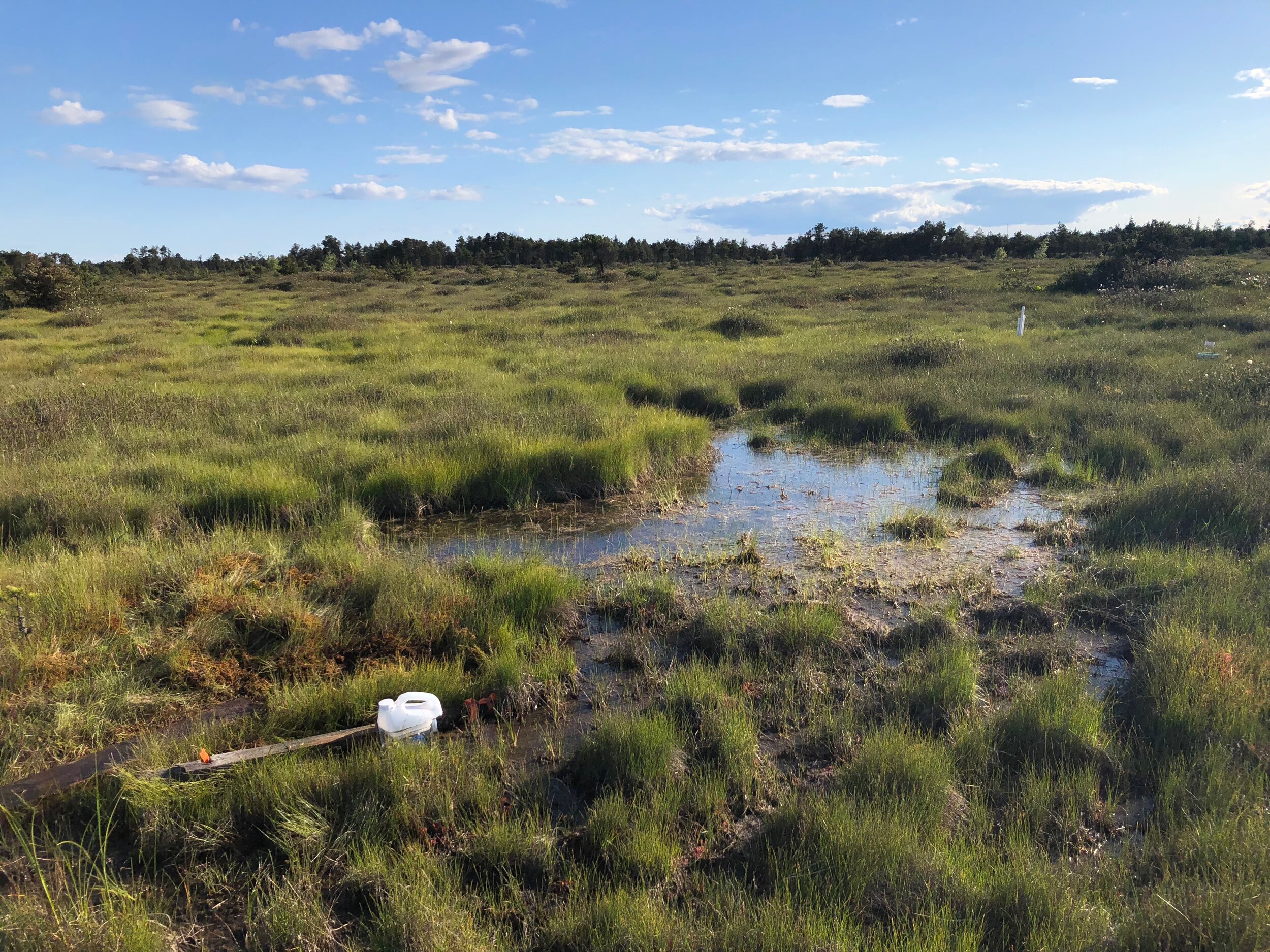
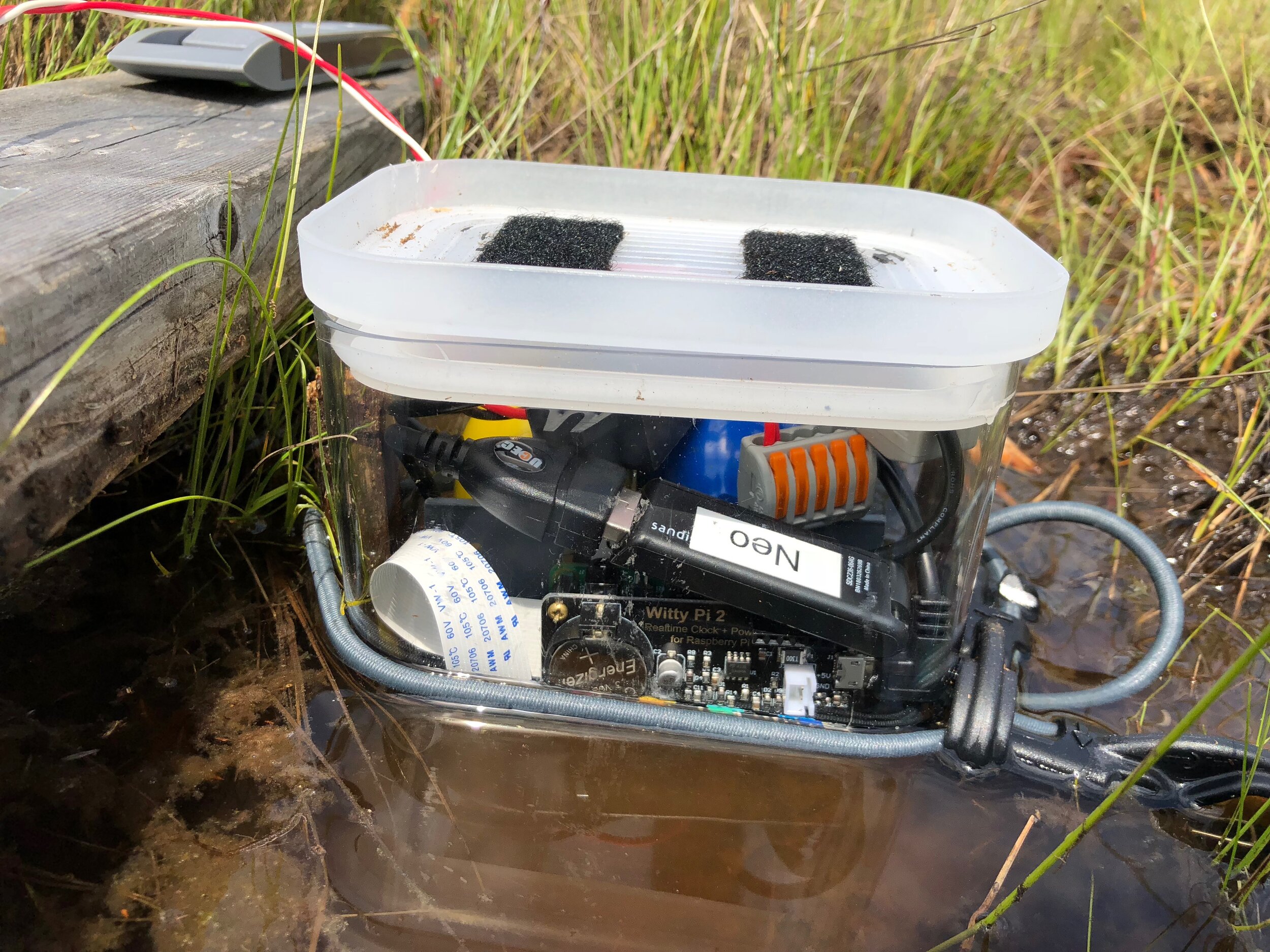
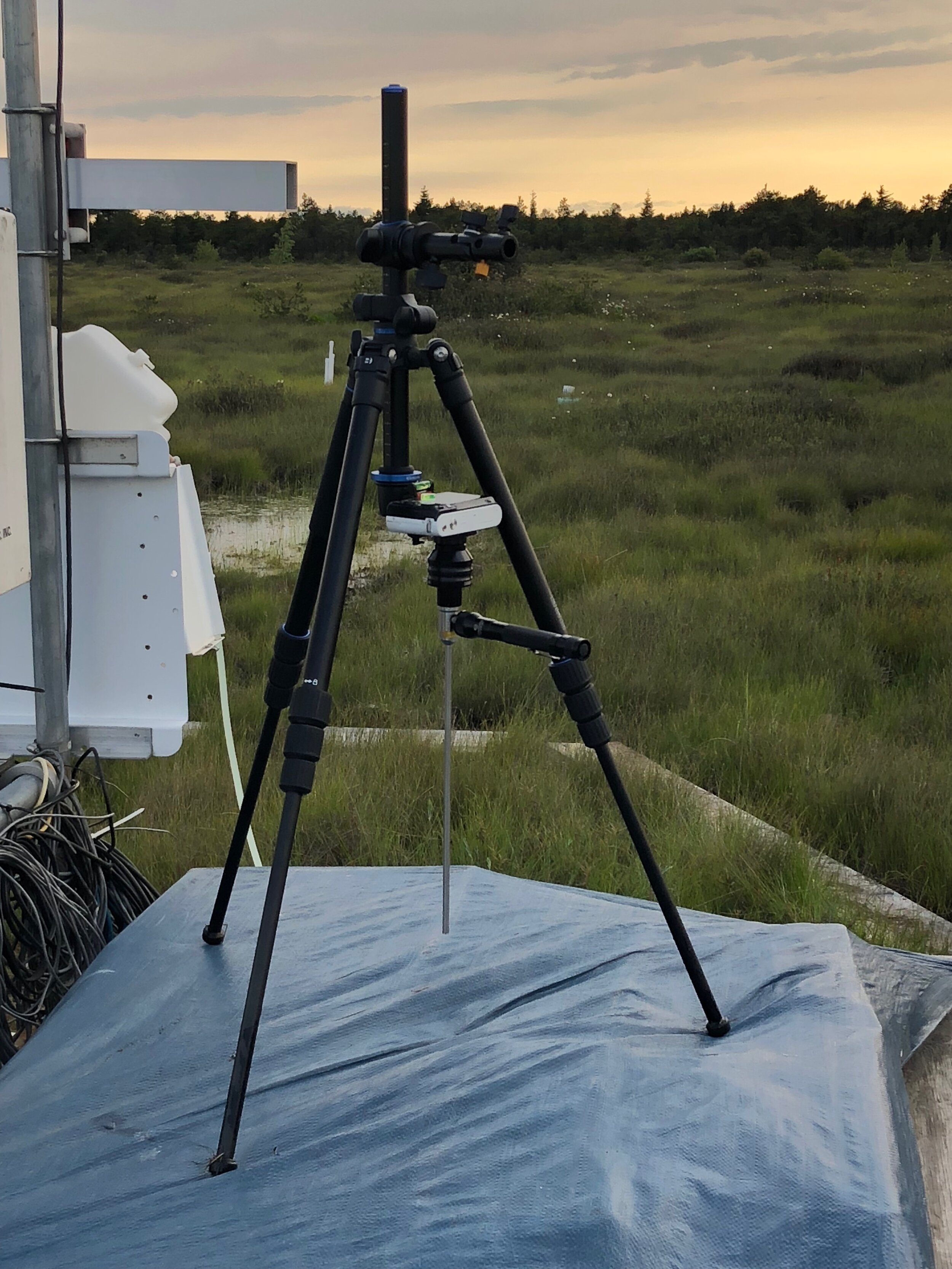
Sheep grazing in a field in New Zealand. Manure from farm animals can lead to high loads of nitrogen and phosphorus in run-off, which has implications on water quality downstream.
NSF East Asia Pacific Summer Institute Fellowship (2015)
Examining the efficacy of sonication on biofilm extraction from aquifers
Through funding from the NSF East Asia Pacific Summer Institute Fellowship and the Royal Society of New Zealand, I spent two months in Christchurch, New Zealand assessing groundwater quality.
During my fellowship, I had the opportunity to meet Mark Gilbert, the Ambassador of the United States to New Zealand. He's to my right in this photo. His wife, Nancy Gilbert, is to my left. She is also a Northwestern alumna!
Groundwater is typically sampled by simply pulling a water sample from a well. This, however, under-represents the amount of biofilm that is in the water. Biofilm refers to groups of microorganisms that stick to one another and can often be found adhering to a surface. In groundwater wells, they stick to the well's walls and remain attached when a water sample is pulled. For my research, I used in-situ sonication to send pulses of sound energy through a groundwater well and dislodge biofilm from its walls before sampling. I examined the relationship between the depth of the sonicator in the well and the concentration of microorganisms in each resulting groundwater sample.
The Canterbury region where I worked has high agricultural and livestock activity, which leads to high inputs of nitrogen and phosphorus in farm runoff, and ultimately in groundwater storage. A recent change from sheep to dairy production in the region has led to great interest in examining how changes in nutrient dynamics have impacted groundwater quality and microbial composition.
I worked on this project with Murray Close (Institute of Environmental Science and Research) and was advised by Dr. Aaron Packman (Northwestern University). I presented this work at the AGU Fall Meeting in 2015.
Injection of water with a high dissolved-oxygen (DO) concentration onto the surface of a metal plate coated with pressure sensitive paint (PSP). The plate is submerged in water with low DO and illuminated by a high-intensity light source. The light source excites oxygen-sensitive molecules in the paint and leads to fluorescence. The high DO content of the injected water reduces the fluorescence of the paint, creating the dark streak across the plate.
Murphy Institute Scholar (2014)
Measuring dissolved oxygen concentration in a model groundwater system
For my undergraduate honors thesis, I constructed a laboratory set-up that mimicked groundwater flow through soil and used a fluorescent paint to measure the system's distribution and concentration of dissolved oxygen (DO). Pressure-sensitive paint reacts with oxygen and fluoresces at different intensities depending on the amount of oxygen present. Accurately measuring DO is important in the water environment because its concentration influences the quantity and diversity of microbial life, impacts fish egg mortality and fish morbidity, and plays a role in chemical processes.
My advisor for this project was Dr. Aaron Packman (Northwestern University). I received invaluable support from his students Kevin Roche, Minwei Xie, and Andrea Salus. Funding for my project came from the Murphy Institute at Northwestern.
I presented this work at the AGU Fall Meeting in 2014.
Great Lakes Summer Fellowship (2014)
Hydrodynamic modeling of Lake Erie
During Summer 2014, I participated in a joint program between the National Oceanic and Atmospheric Administration (NOAA) and the Cooperative Institute for Limnology and Ecosystems Research (CILER) at the University of Michigan, Ann Arbor. Under the advising of Dr. Eric Anderson and Dr. Dimitry Beletsky, I analyzed data collected from oceanographic instruments (e.g. ADCPs and AUVs) deployed in Lake Erie. I taught myself how to use Python over this summer and created data visualizations of hydrodynamic information, such as water velocity and temperature profiles. The data I analyzed was used to calibrate a model for predicting currents in Lake Erie. Models of water motion in lakes and oceans are useful for a variety of tasks, such as predicting contaminant spread and aiding ship navigation.



